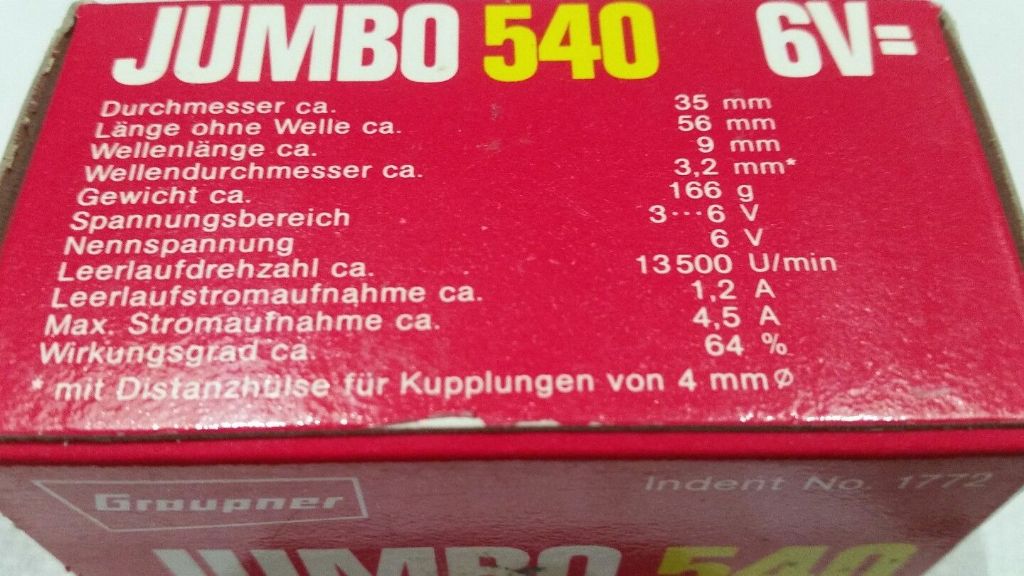Replacement 540 motors, if not going for "super race" types, are cheap. The worst thing that is likely to happen is that the boat goes faster and runs longer. In all probability, the existing motors will have enough safety margin (they are Graupner) to be quite happy with a 20% voltage boost. For quite some time, anyway. Then fit new motors of the correct voltage rating, or, if they do show signs of getting too warm, try a size smaller prop.
The downside of resistance controllers is that they must, if actual control is wanted, be perfectly matched to their motor and the load on the motor.
Alternatively, run the ESC off the 6 volt balttery, fit a receiver pack to run the radio and servos, BUT DON'T SWITCH THE ESC ON USING THE ESC SWITCH. That way, the control part of the ESC is powered via the receiver and controls the output which is being supplied by the main battery. A non-BEC ESC will do this anyway.
Brian – the numbers 380 and 540 refer only to the length of the motor can, 38 and 54 mm respectively. Often there is a whole bunch of numbers and letters around there. If you have the time and patience, it is possible to find out from them the details affecting performance, and what performance can be expected. Within the can you get differing magnets (strength and size and pole face area), differing armature diameters and profiles, different windings, different commutator and brush details. Literally millions of combinations of internal workings resulting in the same number of operating voltages and load handling characteristics and life expectancy. The only fairly common item is the number of watts that the can is able to dissipate before harm happens. "Surplus" 540s could be anything, thats why it is a good idea to stick with known names. And yes, the load imposed by the prop does make a huge difference to the current drawn.





